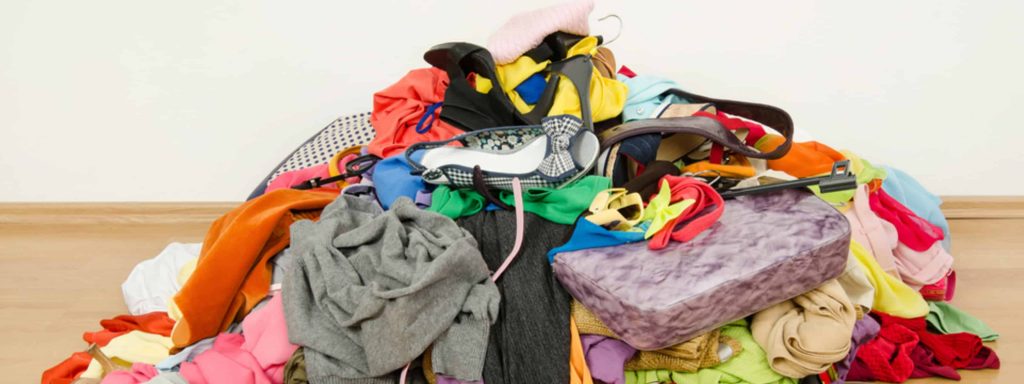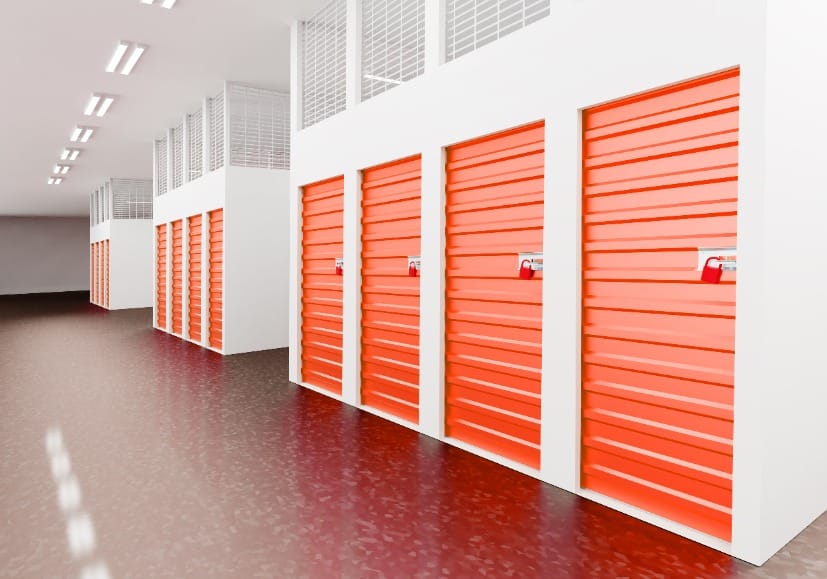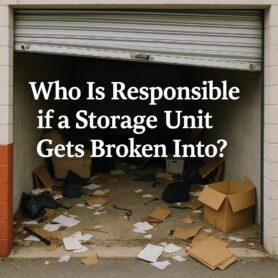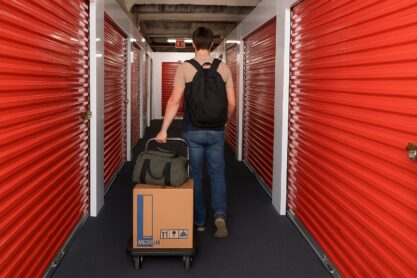Marie Kondo, tidying up guru, has taken the UK by storm after the release of her Netflix series, Tidying Up with Marie Kondo. The country has taken on an enthusiasm for decluttering, and the new craze has even led to a rise in charity donations. Kondo’s method, KonMari, takes you through a number of simple steps to get any space under control. Her philosophy is that you should get rid of anything that doesn’t “spark joy”.
Kondo says that you should sort your belongings into five categories. These help you to sort through your possessions and start discarding things that you don’t need. Having the different categories helps to make your decluttering task a bit less overwhelming.
The five categories are:
- Clothing
- Books
- Paper
- Misc
- Mementos
Clothing
Clothing is the first step to start with, although it will likely only apply at home. If you’re tidying your office, it’s probably not going to be relevant. Too much clothing is a big problem for some people. They keep things that they like and promise that they will wear them at some point, but never get around to it. There are only so many outfits that you can wear in a year, and anything that you’re not wearing just takes up space.
Kondo suggests using the following subcategories to help you with your organisation:
- Tops
- Bottoms
- Clothes that should be hung
- Socks/tights
- Underwear
- Bags
- Accessories
- Special event clothing (e.g., swimwear, uniforms)
- Shoes
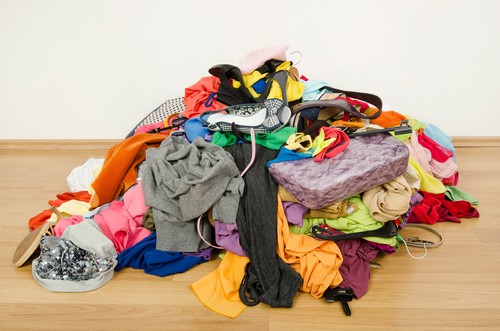
Your clothes could be in several locations around your home, so gathering them all in one space will help you with sorting through them. Start with off-season clothing so that you can be more objective because you’re not currently wearing them. Kondo has a special folding method for storing clothes to maximise your wardrobe and drawer space, but if you need to hang anything, you should organise them by heaviness, length and colour. Another suggestion from Marie Kondo is to store all your clothes together, rather than putting your off-season clothes elsewhere and switching them around.
Books
Books are another thing that people regularly hoard. You might feel unable to get rid of a book, even if you didn’t like it. Some people have huge piles of books to read that they might never get around to reading. If your book collection only seems to keep growing, it’s time to take a stricter approach to what you keep.
Books should be separated into:
- General books that you read for pleasure
- Practical books such as cookbooks
- Visual books, including coffee table books
- Magazines
When you’re organising your books, resist starting to read them. Instead, ask yourself if each one “sparks joy”. Be honest with yourself about whether you will ever read an unread book.
Paper
Even though everything is going digital these days, you can still end up with a lot of paper. From magazines and newspapers to bills and receipts, it can end up everywhere. Marie Kondo isn’t a big fan of paper and would rather you got rid of it all. But you need to organise it first and decide what stays and what goes.
You should sort paper into:
- Paper that needs to be dealt with – bills you need to pay, letters to reply to, magazines that you haven’t read yet
- Papers that you need to keep for a limited period – for example receipts, papers you’re using for study
- Papers that you need to keep for an indefinite period – these could include insurance policies or other important documents
While Kondo suggests that you can keep the last category of paper in one folder, you might want to do a bit more organising. Important papers are often needed quickly, and you don’t want to waste your time leafing through lots of others to find the one that you want. If you have a lot of papers, you could create a system to keep them more organised.
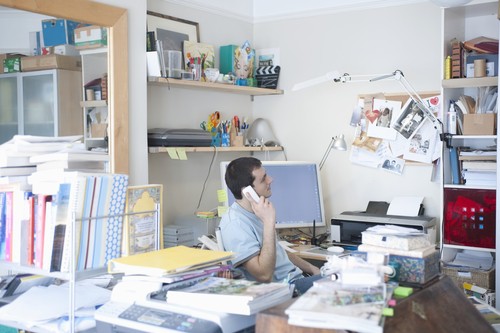
Misc
Miscellaneous items or “komono”, the Japanese word for accessories or small items, includes anything that doesn’t fit into the other four categories. It can be a range of things, from electrical items to kitchen supplies. In her first book, The Life-changing Magic of Tidying Up, Kondo recommends taking these on in the following order:
- CDs, DVDs
- Skincare products
- MakeUp
- Accessories
- Valuables
- Electrical items
- Household equipment
- Household supplies
- Kitchen goods/food supplies
- Other (e.g., spare change)
You could also add another category if you have a particular hobby that you need things for.
Mementos
The last category includes anything that is sentimental to you, including souvenirs and keepsakes. However, while all of these items might seem important, Marie Kondo suggests that your memories are more important than the physical items you have. That doesn’t mean that you should get rid of them all, though. Sticking to the KonMari philosophy, you should hold each item and decide if it makes you happy. You may consider renting out an outdoor storage unit to put away things that only occupy so much space in your home. Check out affordable storage options in Brighton and London, where you can temporarily store these stuff as you figure out ways to dispose of them.
Separate Into Subcategories
With each of the five categories, you can separate your things into subcategories. This can be especially useful if you have a lot of stuff to sort through, and the five categories don’t seem like they’re enough to make your items more manageable. You can use the suggested categories from Marie Kondo or you might create your own. Your subcategories could be different types of item or they could be about prioritising your possessions by importance, although they might be a combination of both.
It’s important to remember that organising your possessions is an individual process. Although following Marie Kondo’s suggestions and using her categories will help you, it’s up to you to decide what’s important and what isn’t. At first, you might find it difficult to make decisions on what to keep and what to remove from your home, but as you carry out the process, it should become easier. The categories are designed to help you put your things in order first, and then you can begin the process of deciding what you want to keep and what will go. Start by getting everything in order to make everything easier.
Ready to Declutter? Secure One of Our Storage Units
If Marie Kondo’s approach isn’t possible for you, consider renting out a storage unit. Henfield Storage has storage facilities in and across London, perfect for keeping items that don’t quite fit into your daily life but still hold value. With locations in Chiswick, Wimbledon, Southwark, Staples Corner, Horsham, Crawley and Brighton our units can cater to many residential areas, such as:
- Romford
- Woking
- Isleworth
- Arnos Grove
- Hampstead, and many more!
Contact us online or call 020 3613 4880 to get a quote and start your decluttering journey with Henfield Storage today!

